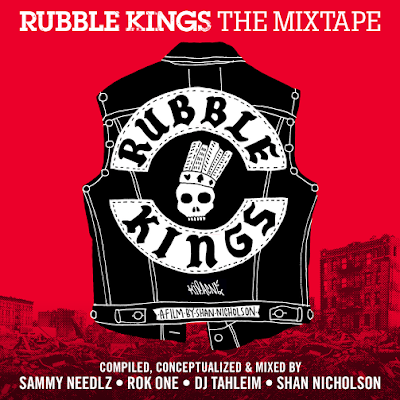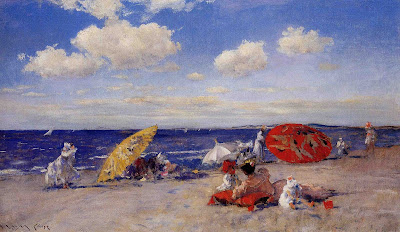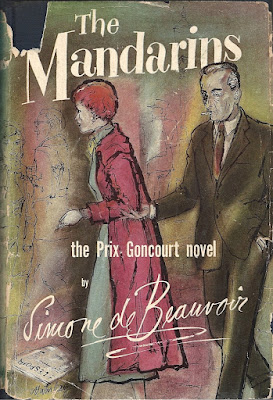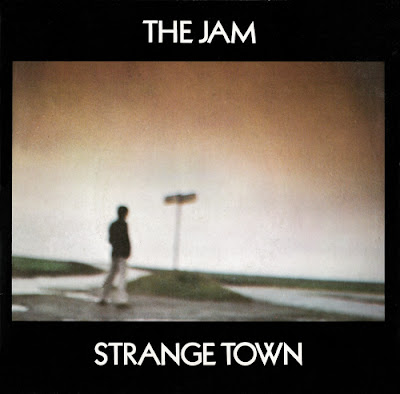
"In case you missed it, Rubble Kings is a recently released documentary about the war torn gang era of NY from 1968 to 1975 that was fueled by failing race relations and an overall 'unfocused rage'. The movie focused on the events during this time period that broke down these walls and ultimately gave birth to hip-hop culture. Just this week saw the release of Rubble Kings – The Mixtape which effortlessly showcases the amazingly powerful music of this time period from all walks of life. Director Shan Nicholson enlisted the help of additional Rub homies Sammy Needlz, Rok One and DJ Tahleim to put this amazing project together and give this documentary a proper soundtrack. Listen to and download this fantastic mix below."
The Rub (Video)
NY Times: ‘Rubble Kings’ Recounts a Death That Led to a Gang Truce and Changed the Bronx (Video)
Roger Ebert
Rubble Kings
facebook (Video), twitter (Video)
YouTube: RUBBLE KINGS Official Trailer (2015) New York Gangs Documentary




























